1. Chile Report: Salmon Farming
At the beginning of 2019, we took the opportunity to visit salmon farming operations in the Chilean summer.
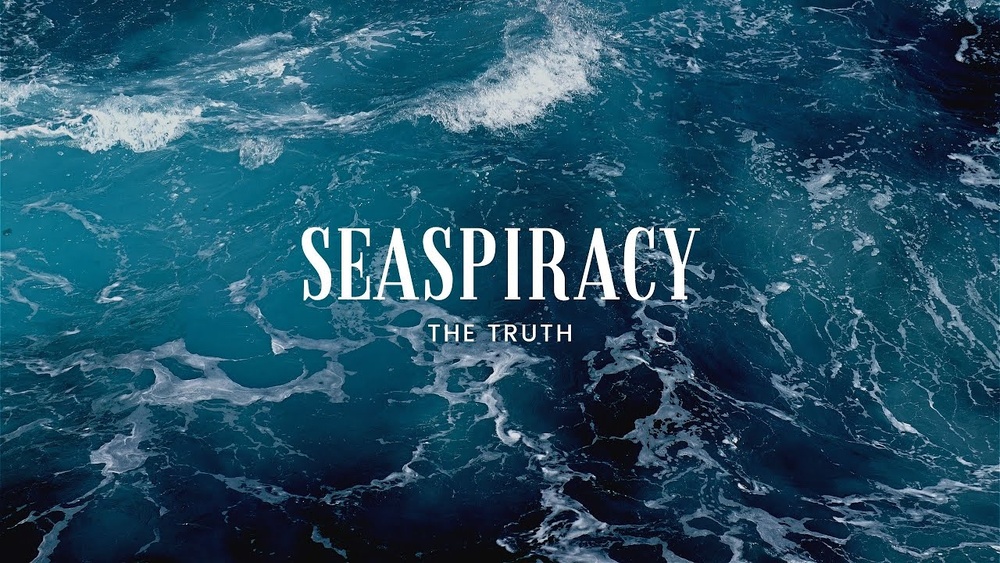
The Netflix “documentary” Seaspiracy is another critical film making waves in the fish sector. The film’s dramatic staging, aggressive interview style and one-sided assessment of NGOs (in which only the vigilante organisation Sea Shepherd is portrayed in a favourable light) means that even viewers not familiar with the subject should have clear doubts about its objectivity.
Anyone who has a little more background knowledge on the subject, however, will notice after around five minutes that Seaspiracy is probably a film that is going to make full use of its artistic licence, when the death of a whale due to plastic is linked to the beaching of hundreds more. Although the film addresses important topics such as plastic pollution, by-catch, human rights violations and overfishing, it often misrepresents their scale. The origin of the data presented in the film and how this data compares to the correct figures has already been briefly summarised on the Sustainable Fisheries website, at least for some of the issues.
Even when looking at the corrected figures, however, one should be aware that these tend to be average values which can misrepresent the heterogeneity of the fish sector. A look at the graphic below, for example, shows the extent to which landed catches are monitored in different countries. Dark green means the catches are monitored, while pale green means they are not monitored. The obvious differences means that general statements such as “don't eat fish” differentiate very little between monitored and unmonitored catches. Rather, the film’s conclusion should be “Only eat fish from monitored stocks”, because monitored fish is very likely to be sustainable (a link that we are also trying to capitalise on as part of our commitment to the topic of traceability).
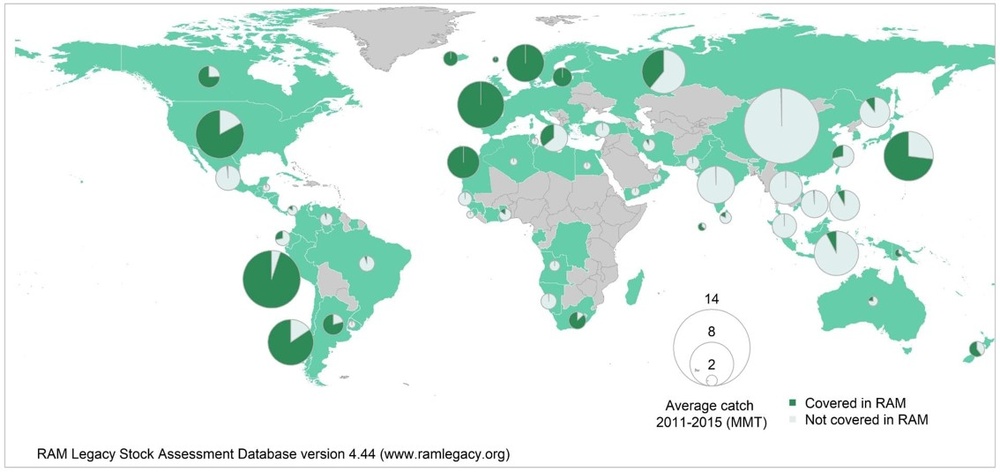
Source: Sustainable Fisheries
But why does the film make it so easy for us to dismiss the allegations it makes, when in fact there are plenty of issues in the fish sector that we can and should criticise? The reason lies in the film’s motivation. It is not concerned with initiating change in the sector through constructive criticism; the only goal of Seaspiracy is to convert viewers to veganism. And this requires emotions that cannot be sufficiently evoked by the actual situation, just like in the producers’ last film Cowspiracy, which claimed to have disclosed an alleged conspiracy between industry and NGOs in the meat sector.
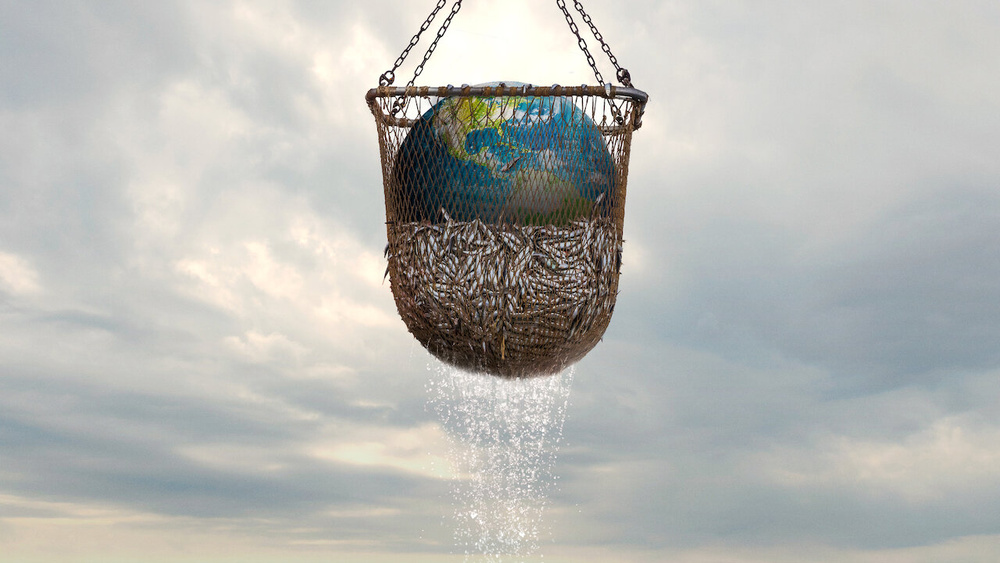
There is little to criticise in the proposal of veganism itself. Not eating meat, not owning a car and living in smaller apartments can certainly be advocated for environmental reasons. As the coronavirus crisis has shown, however, people do not like to be dictated to in the long term. Therefore, when it comes to those who are less prepared to make sacrifices, we need a plan B which may be less ambitious, but easier to implement. Part of this plan B includes seafood. Fish provides an occasional alternative to meat, while algae offers a sustainable method of relieving land-based agriculture (after the necessary technologies have been made socially acceptable by the salmon industry). Contrary to the films’ claims, sustainable fish is already available today, although the sector’s true potential to contribute to a sustainable food supply lies in the future and is yet to be fully exploited. At Bonafide we firmly believe in the sustainability of seafood. With the goal of creating a green future, we therefore consistently demand and promote the sector’s sustainable further development, even if we sometimes have to deal with choppy waters along the way.
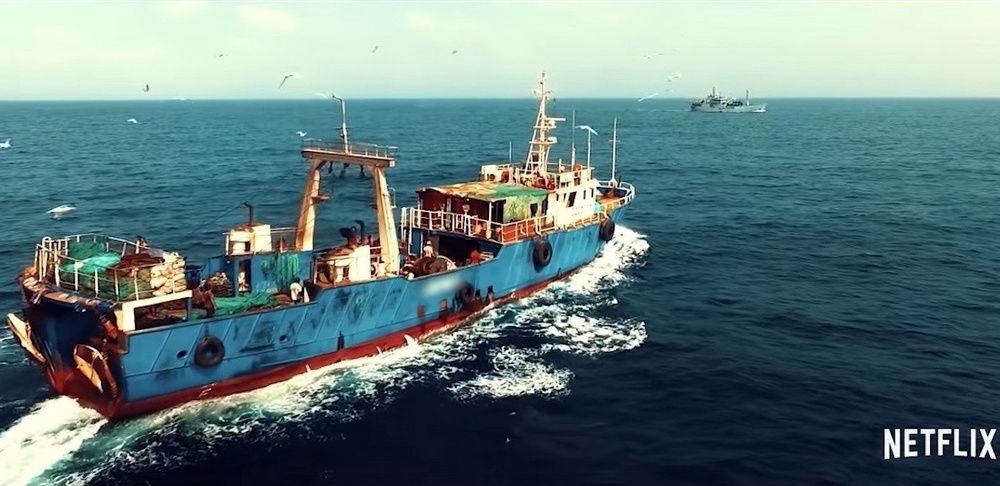
We’d love to read your comments.
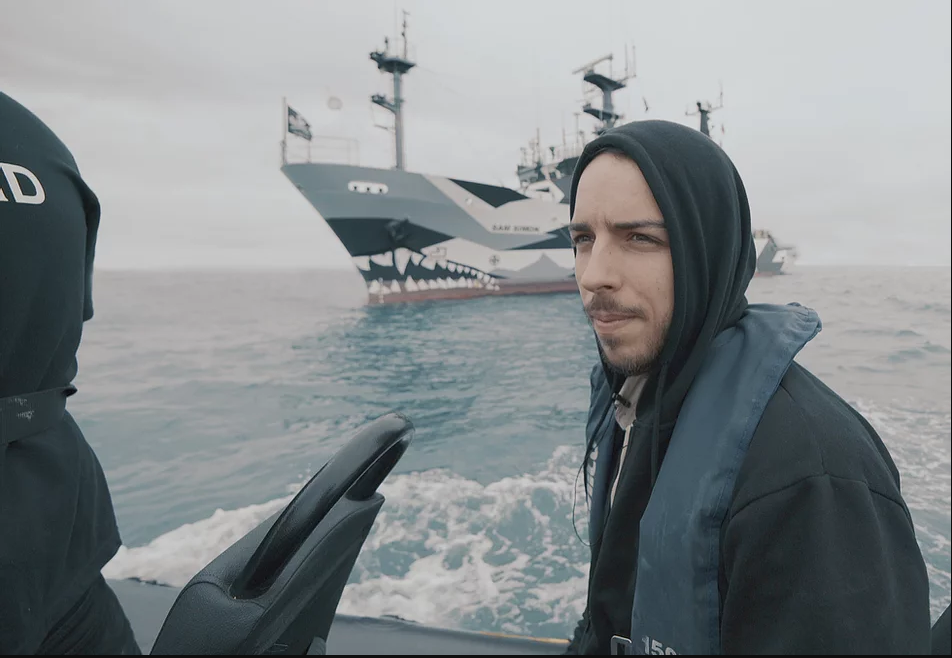
Comments